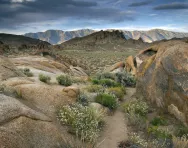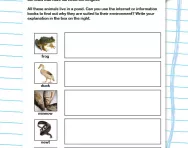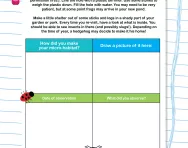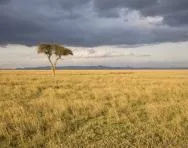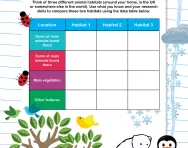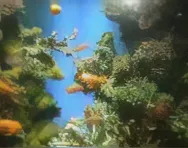Important update from TheSchoolRun
For the past 13 years, TheSchoolRun has been run by a small team of mums working from home, dedicated to providing quality educational resources to primary school parents. Unfortunately, rising supplier costs and falling revenue have made it impossible for us to continue operating, and we’ve had to make the difficult decision to close. The good news: We’ve arranged for another educational provider to take over many of our resources. These will be hosted on a new portal, where the content will be updated and expanded to support your child’s learning.
What this means for subscribers:
- Your subscription is still active, and for now, you can keep using the website as normal — just log in with your usual details to access all our articles and resources*.
- In a few months, all resources will move to the new portal. You’ll continue to have access there until your subscription ends. We’ll send you full details nearer the time.
- As a thank you for your support, we’ll also be sending you 16 primary school eBooks (worth £108.84) to download and keep.
A few changes to be aware of:
- The Learning Journey weekly email has ended, but your child’s plan will still be updated on your dashboard each Monday. Just log in to see the recommended worksheets.
- The 11+ weekly emails have now ended. We sent you all the remaining emails in the series at the end of March — please check your inbox (and spam folder) if you haven’t seen them. You can also follow the full programme here: 11+ Learning Journey.
If you have any questions, please contact us at [email protected]. Thank you for being part of our journey it’s been a privilege to support your family’s learning.
*If you need to reset your password, it will still work as usual. Please check your spam folder if the reset email doesn’t appear in your inbox.
What is a habitat?
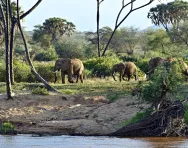
What is a habitat?
A habitat is a home environment for plants and animals or other organisms. Examples of habitats include:
- desert
- meadow
- woodland
- grassland
- forest
- seashore
- ocean
A micro-habitat is a very specific, small home environment for plants, animals and insects. Examples include:
- ponds
- individual trees
- under a stone
- a pile of logs.
What do children learn about habitats at primary school?
In primary school children will learn to use the term habitat. They will investigate different habitats and consider which animals live in which types of habitats.
Children will consider why different animals are best suited to their chosen habitat. They will explore how habitats change over time and during the year.

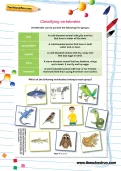
Download fantastic science resources today!
- Experiments And Science Fun pack
- Science Learning Programme for each school year
- All the instructions, questions and information you need
When do children learn about habitats?
In Year 2 children are introduced to the term ‘habitat’. Children will investigate what animals live in local habitats and micro-habitats around the school grounds and local area. They will begin to consider why different animals and plants are suited to their chosen habitats.
Throughout Key Stage 2 children will continue to explore and learn about different types of habitats locally and in the wider world (for example, rainforest and the ocean). They will identify how habitats change during the year and over time. Children will examine how animals and plants are suited to and adapt to their habitats in more depth .
How are habitats taught?
Children will look at different habitats in their local area, for example going on welly walks, going to forest school, going on trips to the park, pond dipping, searching the school garden, field or playground and participating in mini-beast hunts.
Children will use identification charts and classification keys to identify the creatures they find. They may look at them more closely using magnifying glasses or microscopes.
Teachers may give children matching activities to complete where they have pictures of different habitats and pictures of animals and plants to match together for example seashore and seaweed or meadow and daisy.
In KS2 children will be encouraged to describe the features of a habitat (for example, is it hot or cold, wet or dry) and consider which animals and plants are suited to this environment and why. Children may be asked to research a habitat such as the ocean or rainforest using books and the internet, then present their findings to the class, write a report or create a poster.
TheSchoolRun offers free habitat homework help for children:
Habitat activities for at-home learning
- Visit the library and look for books about habitats
- Explore a garden or a park as a habitat. What animals can you find? What plants are growing here?
- Go on a mini-beast hunt in the local area: look under stones, logs, around trees and around ponds.
- Give children a list of insects and / or plants. Can they find them in the garden, at the park or at the beach?
- Draw or paint a picture or create a collage for a chosen habitat such as a seashore or rainforest.














